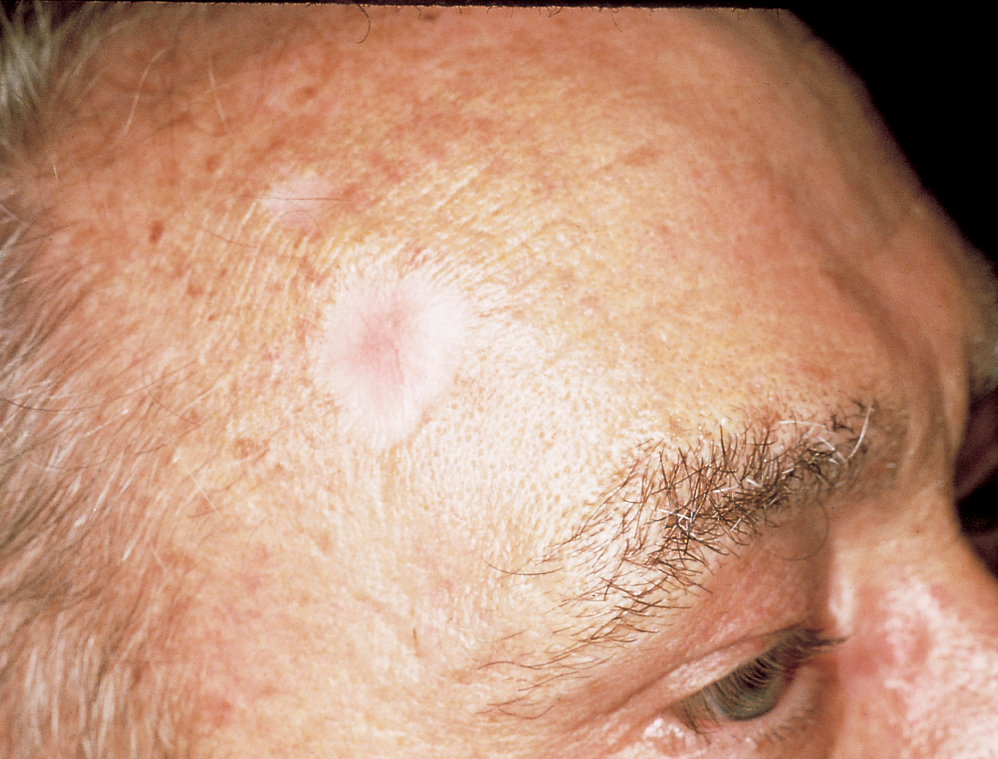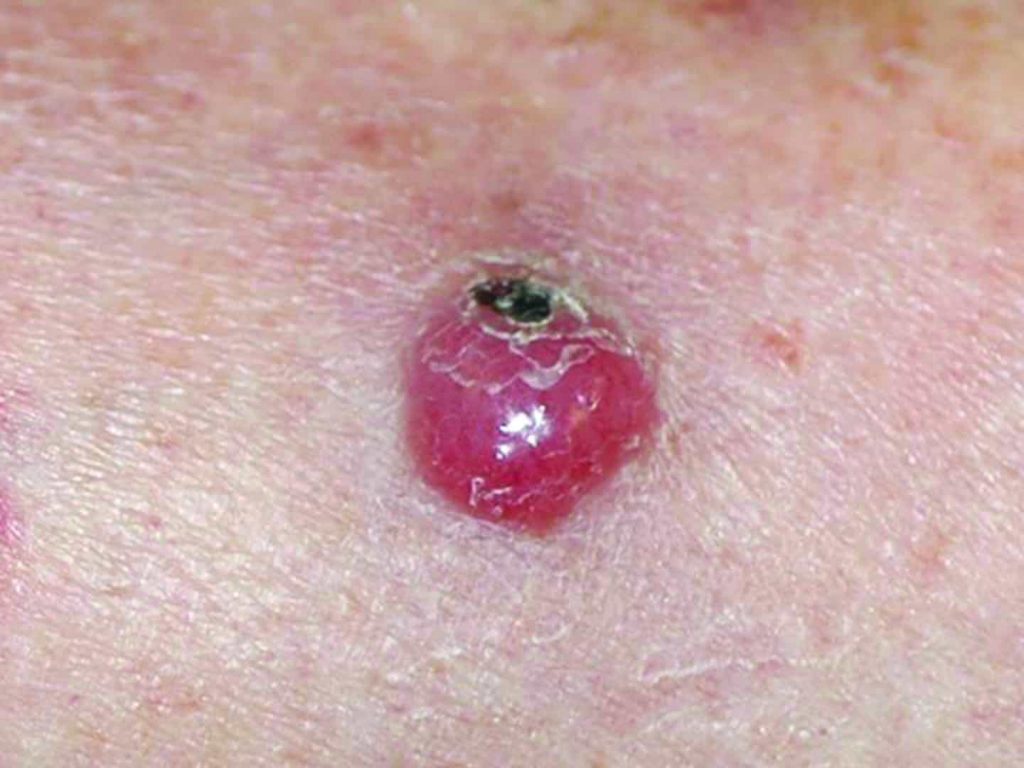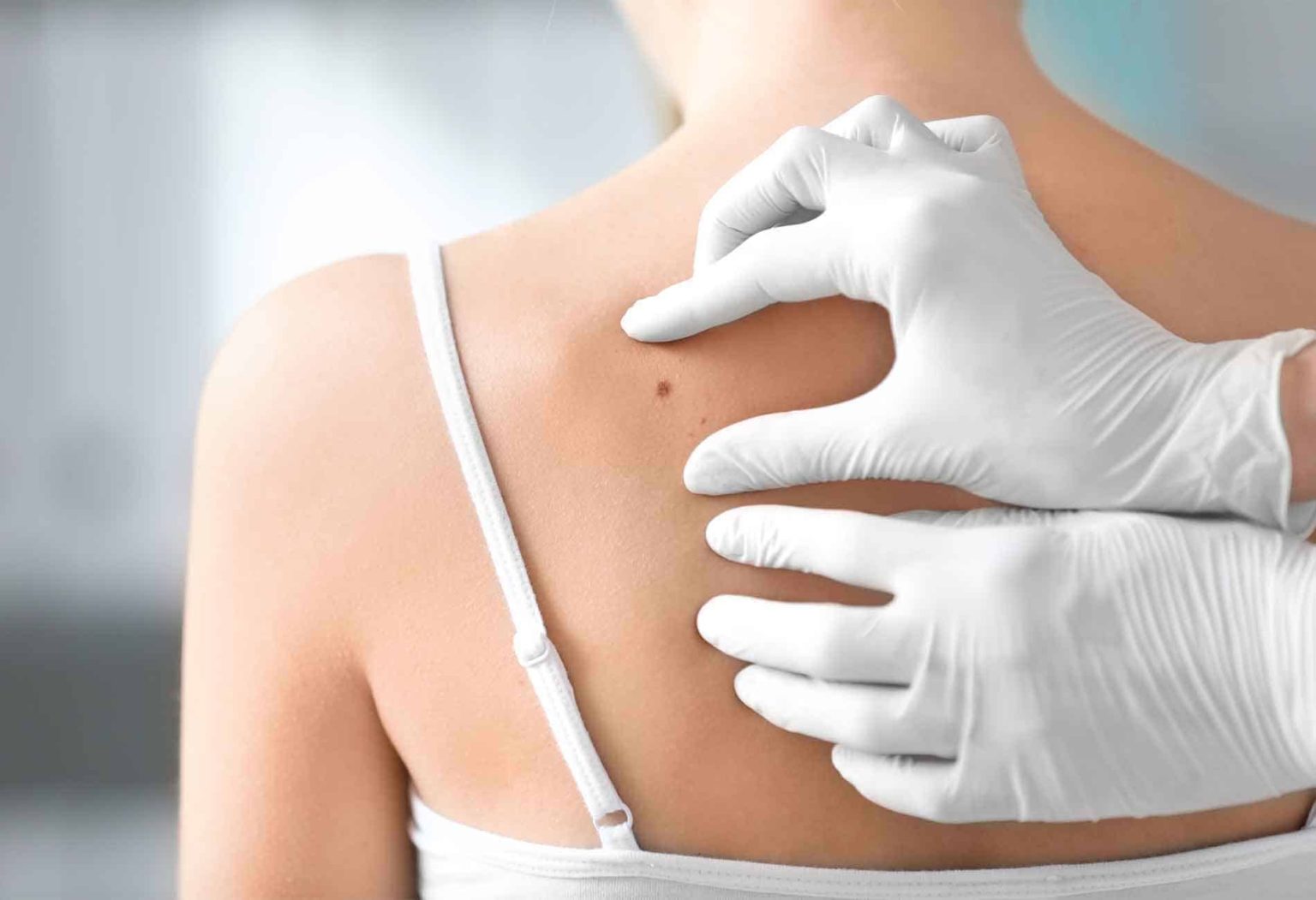Have you had too much exposure to the sun? If your answer is yes, you are most likely to have skin cancer. But don’t be scared. Neither you should be alarmed as long as you know all the important information about the illness. In this article, you will discover that skin cancer is, its causes, symptoms, treatment, and prevention.
As defined in the Cleveland Clinic website, skin cancer is the most typical type of cancer in the United States. More so, the number of conditions keep on rising. It is an uncontrollable abnormal skin cell growth. And, while the healthy cells grow and divide in proper order, cancer cells are growing and dividing in a hurried, unsystematic manner. As a result, rapid growth becomes tumors that are either cancerous or non-cancerous.
The 2 main causes of cancer include the harmful ultraviolet (UV) rays of the sun and the use of the so-called UV tanning equipment or machines. Fortunately, if there is early detection of the skin illness, the dermatologist can cure it with a little, or totally no scarring, and high odds of removing it completely. More often than not, the doctor may even trace the growth and development at a precancerous phase prior to its becoming full-blown skin cancer.
Kinds of Skin Cancer and their Respective Symptoms

Skin cancer comes in different kinds. That is why, the causes, symptoms, and even treatment vary depending on the type of skin illness one has. Read below and find which type is likely to occur in your skin, or you can prevent it from taking place.
Basal cell carcinomas (BCCs)

This type of skin cancer arises from the basal cells of the skin, in its epidermis or outermost layer. This cancer type most frequently develops in the areas of the skin usually exposed to the sun, more particularly the face, head, neck, scalp, ears, back, and shoulders. In relation to this, BCCs are usually caused by the combination of intense, intermittent, cumulative, and long-term exposure to the sun’s UV radiation.
Among all the skin cancer types, this is the most common form, having over 4 million cases in the US every year. And, in terms of seriousness, medical experts describe BCC as having the potential of becoming locally destructive, if not traced and cured earlier. At times, BCCs metastasize or spread. More so, in such rare instances, they can be considered fatal.
Squamous cell carcinoma (SCC)

SCCs are typical in areas that have too much sun exposure. These include ears, scalp, neck, hands, and face. These are the very parts from which the skin frequently show signs of damage due to sun exposure. Such signs include age spots and wrinkles. Common causes of SCC are long-term, cumulative exposure to ultraviolet radiation that’s coming from the sun and tanning beds, as well. Next to BCC, Squamous cell is the most common type of skin cancer with over 1 million cases suffering from the condition every year in the US. There’s a chance too, that SCCs can grow fast and metastasize if no early detection and treatment has taken place. In fact, around 15,000 deaths have already been recorded to have occurred in the US.
Melanoma

This is a form of skin cancer, developing from melanocytes, the melanin pigment-producing skin cells that give the skin its color. Frequently, melanoma resembles moles and at times, may appear from them. This type usually appears in any body part, even in areas not usually exposed to the sun. The typical cause of Melanoma is frequently a result of intermittent, intense exposure to the sun that leads to sunburn. As in the first two cancer skin types, the use of tanning beds can increase the risk for melanoma, too.
Merkel cell carcinoma (MCC)

Unlike the previously mentioned types, MCC is aggressive yet rare skin cancer. They typically appear as nodules or painless and firm lesions on an area with too much sun exposure. Also, MCC is famous for its other name, Merkel cell polyomavirus from which they begin in Merkel cells at the epidermis’ base. They more often than not, arise in areas with so much exposure to the sun. More so, those who have fair skin and more than 50 years old are the ones who are most likely to acquire MCC.
What Causes the Skin Illness and Who is at Risk?
As earlier mentioned, the UV radiation that’s coming from the sun is harmful. It is also the No. 1 cause of skin cancer. However, the UV light coming from tanning beds is just as dangerous. Sun exposure during winter may put anyone at the same risk as his exposure during summer. Meanwhile, cumulative exposure to the sun may cause primarily BCC and SCC, while a series of severe blistering sunburns typically before a person reaches 18 years old, can cause melanoma later on. Other common causes of skin cancer may include:
- Repeated exposure to X-ray
- Scars from disease or burns
- Occupational exposure to some chemicals
Even though anybody can have skin cancer, the danger is greatest for those:
- With freckled or fair skin that easily burns
- Red or blond hair
- Light eyes
- Darker skin
- Personal or family history of skin cancer
- Outdoor job
- Live in a sunny climate
- History of serious sunburns
- An abundance of large moles with irregular shapes
How can One Manage and Treat the Ailment?
Skin cancer treatment depends on the disease type or form, and extent. More so, the treatment depends on the kind of skin cancer, its location in the body, and the size and the preference of the patient. For BCC and SCC, some of the possible treatments are as follows:
- Excision
- Cryosurgery
- Drugs
- Radiation treatment
- Chemotherapy
- Curettage and electrodesiccation
For melanoma, some of the treatments can be:
- Wide surgical excision
- Radiation therapy
- Drugs
- Sentinel lymph node mapping, and all other new approaches in clinical trials designed specifically for skin cancer treatment
How to Prevent Skin Cancer
Nothing and no one can completely outdo the damage of the sun. However, although the skin can already sometimes repair the damage itself. Therefore, it is never too late to start making your skin sun-protected. The skin often changes with age. For instance, an individual sweats less and his skin takes longer to heal. However, he can delay such changes by keeping out of the sun. Below are some of the things to do to maintain healthy skin and not to develop skin cancer:
- Stop or avoid smoking. People who smoke may have more wrinkles than non-smoking individuals of the same complexion, age, and history of exposure to the sun.
- Apply sunscreen with SPF 30 or higher on your skin. Do this 30 minutes before your sun exposure and even up to 3 hours thereafter. In cases when you perspire a lot, you need to reapply sooner.
- Choose only the contact lenses and cosmetic products with UV protection.
- Put on sunglasses that have total UV protection.
- Avoid direct exposure to the sun as much as possible during peak hours, anytime between 10 a.m. and 3 p.m., of UV radiation.
- Go through skin self-tests regularly so you’ll be familiar with the possible cancer developments and notice any new growth or change.
- Rejuvenate dry skin by using a humidifier in your room or anywhere at home. Bathe with soap less often, too.
- Be a role model and promote habits to prevent skin cancer from your family. About 80% of the lifetime exposure to the sun of a person is experienced before he or she turns 18 years old.

